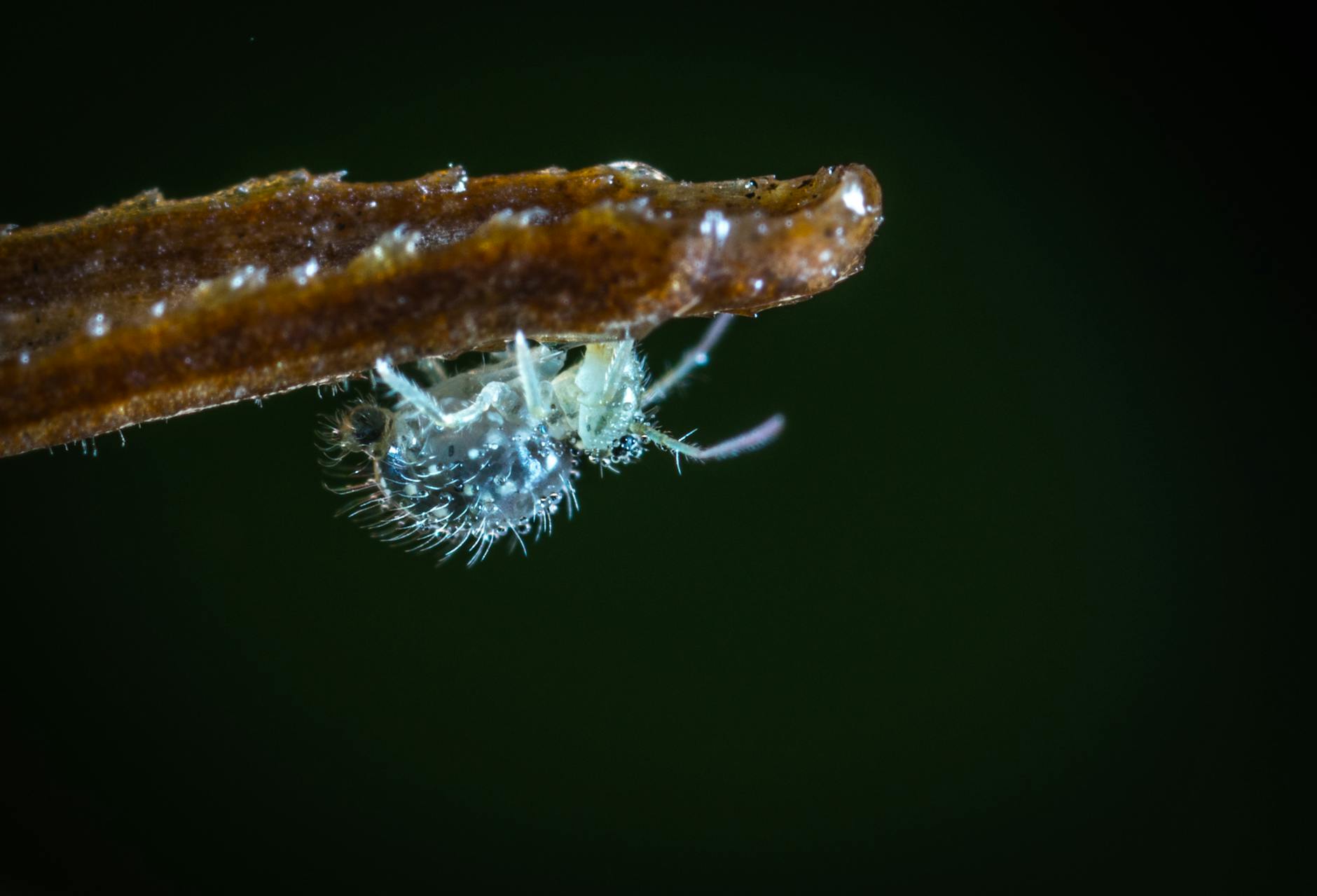Typhus fever is an infection caused by a group of bacteria known as Rickettsia. It is spread to humans mainly through lice, fleas, or mites. In Uganda, the most common type is epidemic louse-borne typhus fever, passed to people by body lice. Other types include murine typhus, spread by rat fleas, and scrub typhus, spread by mites.
If you ever feel unsure about symptoms like unexplained fever, rash, or weakness, you can book a consultation with Hope Plus to connect with a qualified healthcare provider and get answers tailored to you.
Causes
- Epidemic typhus: Rickettsia prowazekii, spread by body lice
- Murine typhus: Rickettsia typhi, spread by rat fleas
- Scrub typhus: Rickettsia tsutsugamushi, spread by rodent mites
Symptoms
- Sudden high fever, severe headaches, chills, and muscle pains
- Rash that usually appears around the 5th day, covering the body but sparing the face, palms, and soles
- Weakness, jaundice (yellow eyes), confusion, or drowsiness
- Murine typhus looks similar but tends to be milder
Diagnosis
Doctors may recommend blood tests, such as the Weil-Felix test, to help confirm typhus.
Treatment
- Adults: Doxycycline is usually given twice daily for 5–7 days
- Children over 8 years: A smaller, weight-based dose of doxycycline is used
- In some cases, chloramphenicol may be given as an alternative
- A single dose of doxycycline may clear epidemic typhus, but relapses can occur, so completing treatment is important
Prevention
- Keeping good personal hygiene
- Regularly washing clothes and bedding
- Controlling lice, fleas, and rodents in the environment


